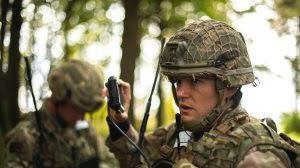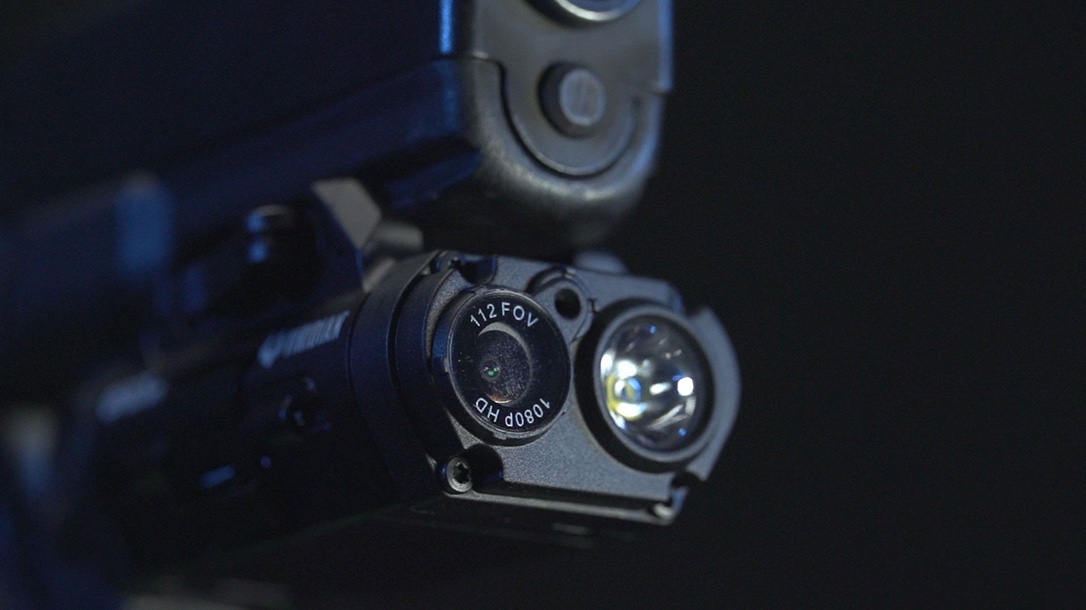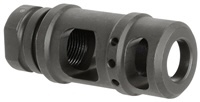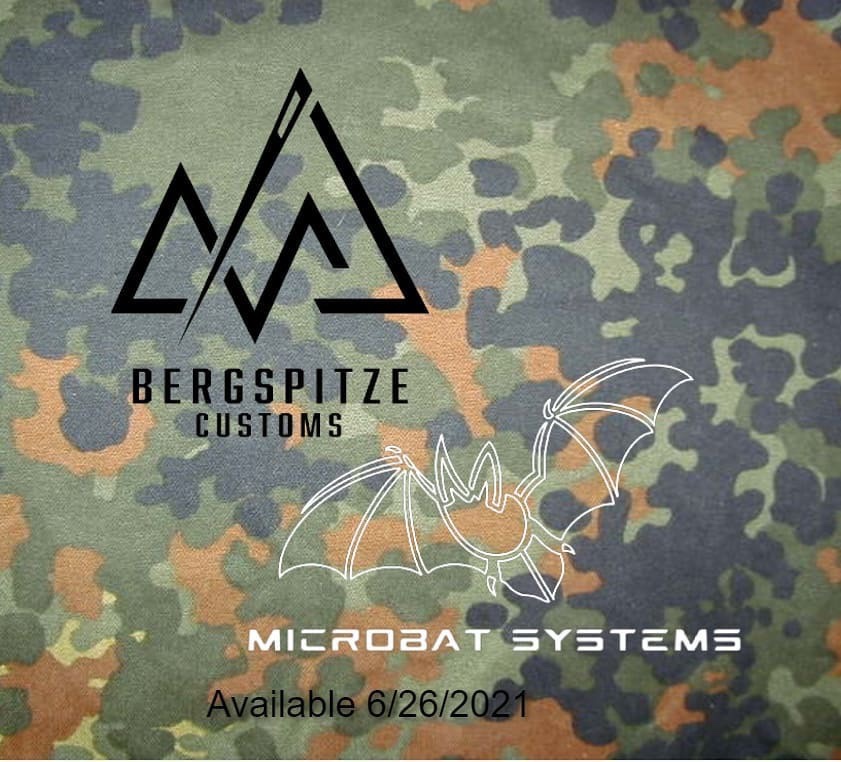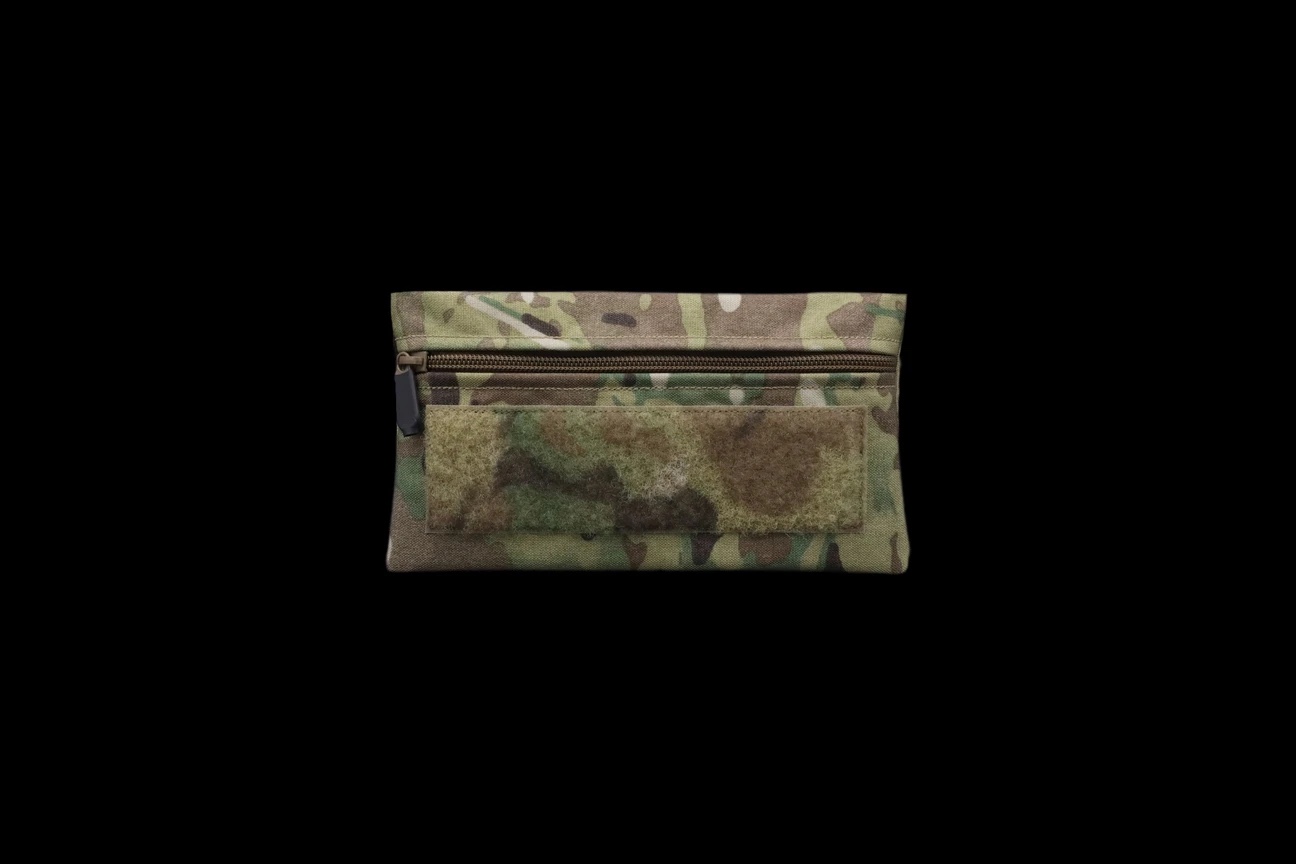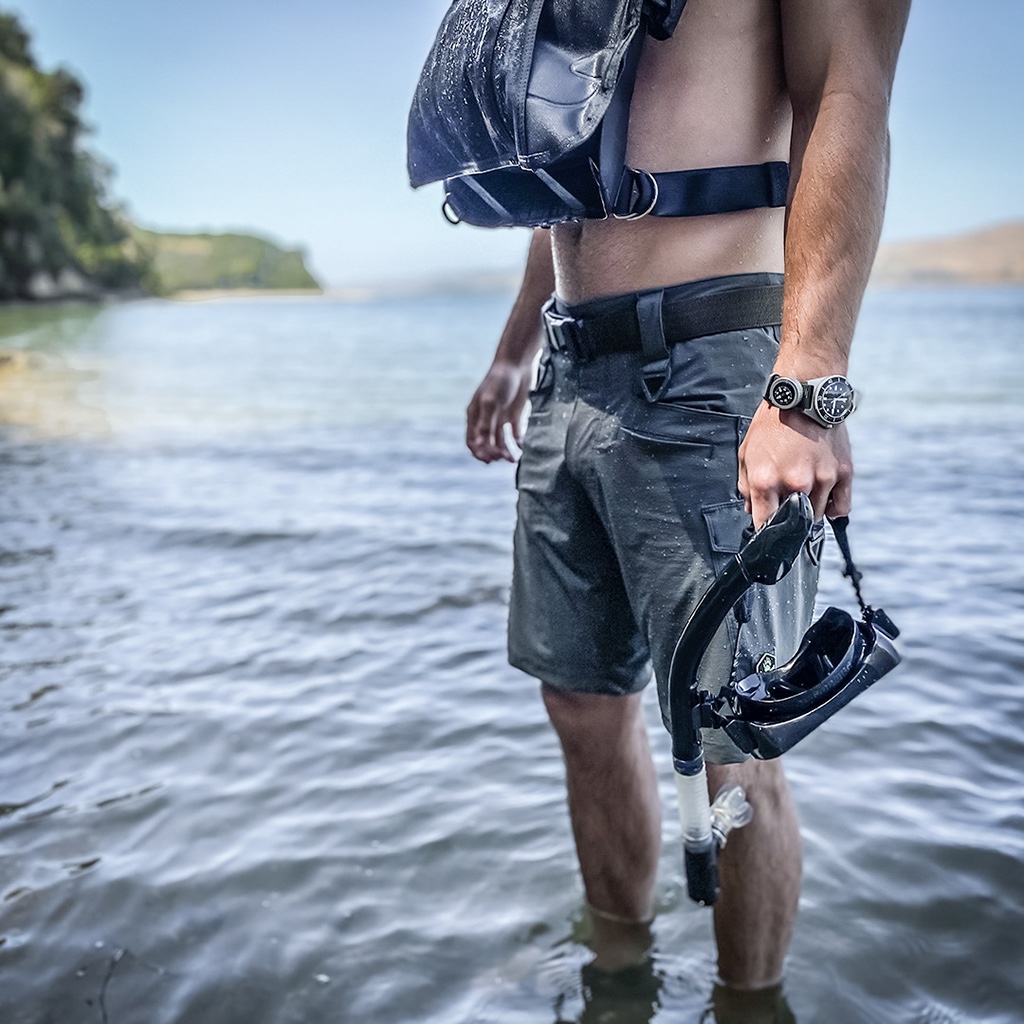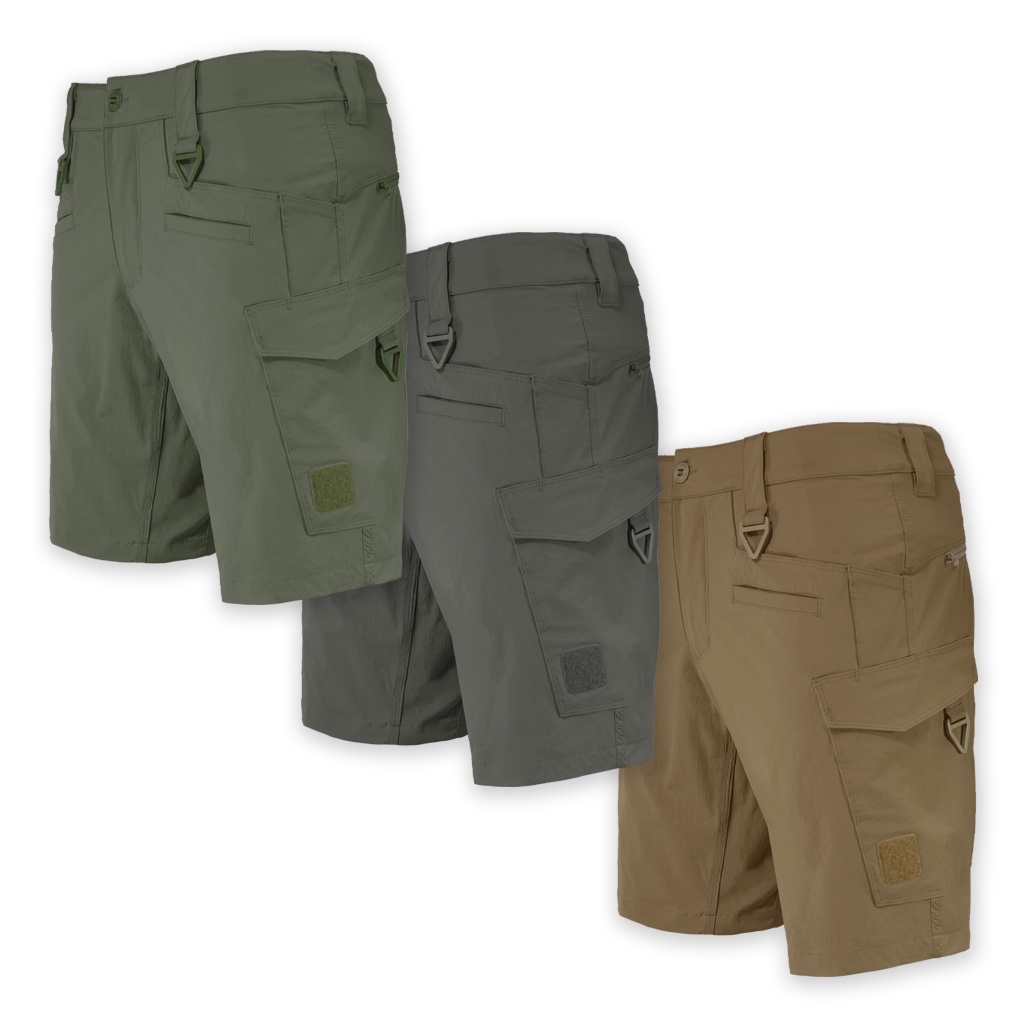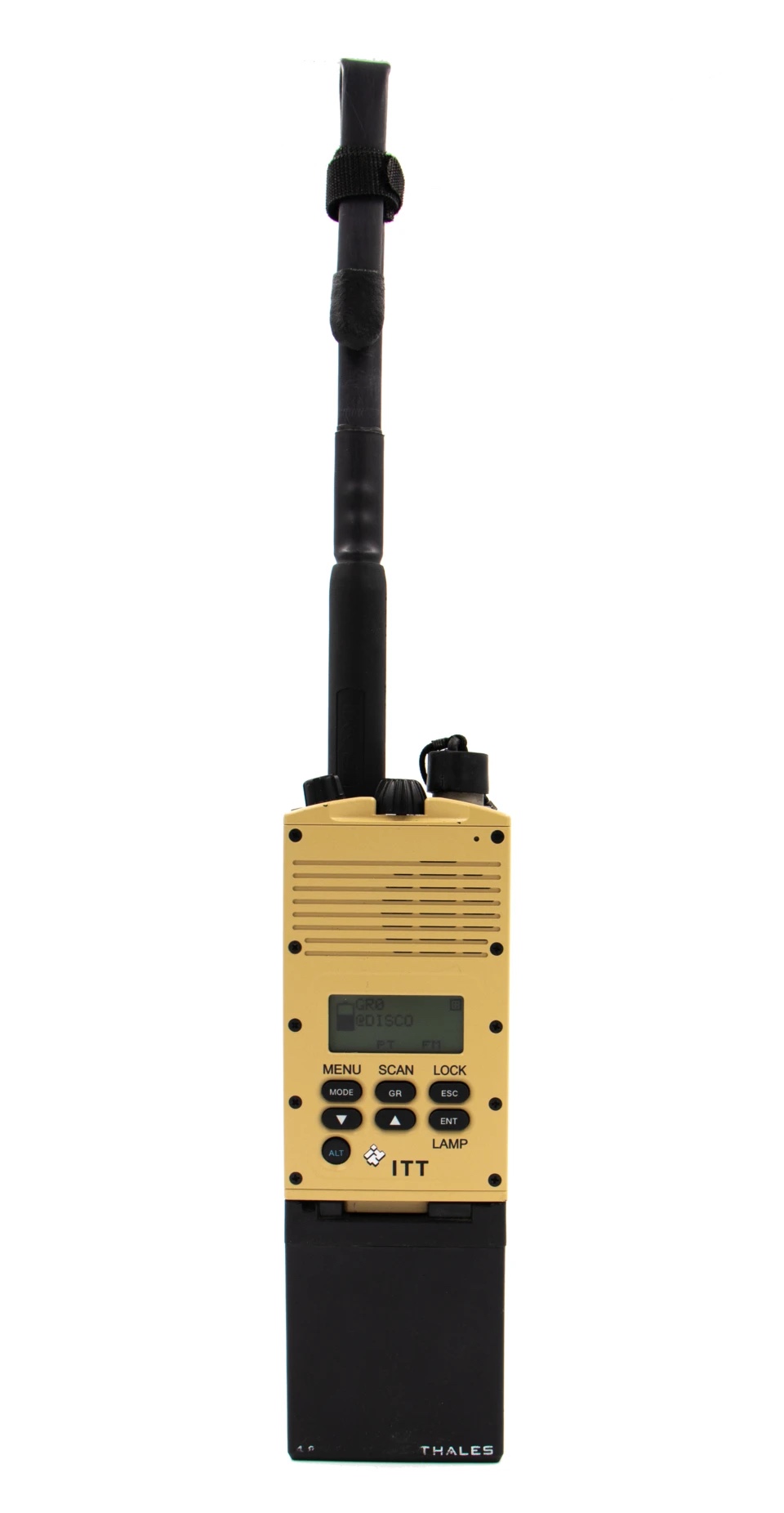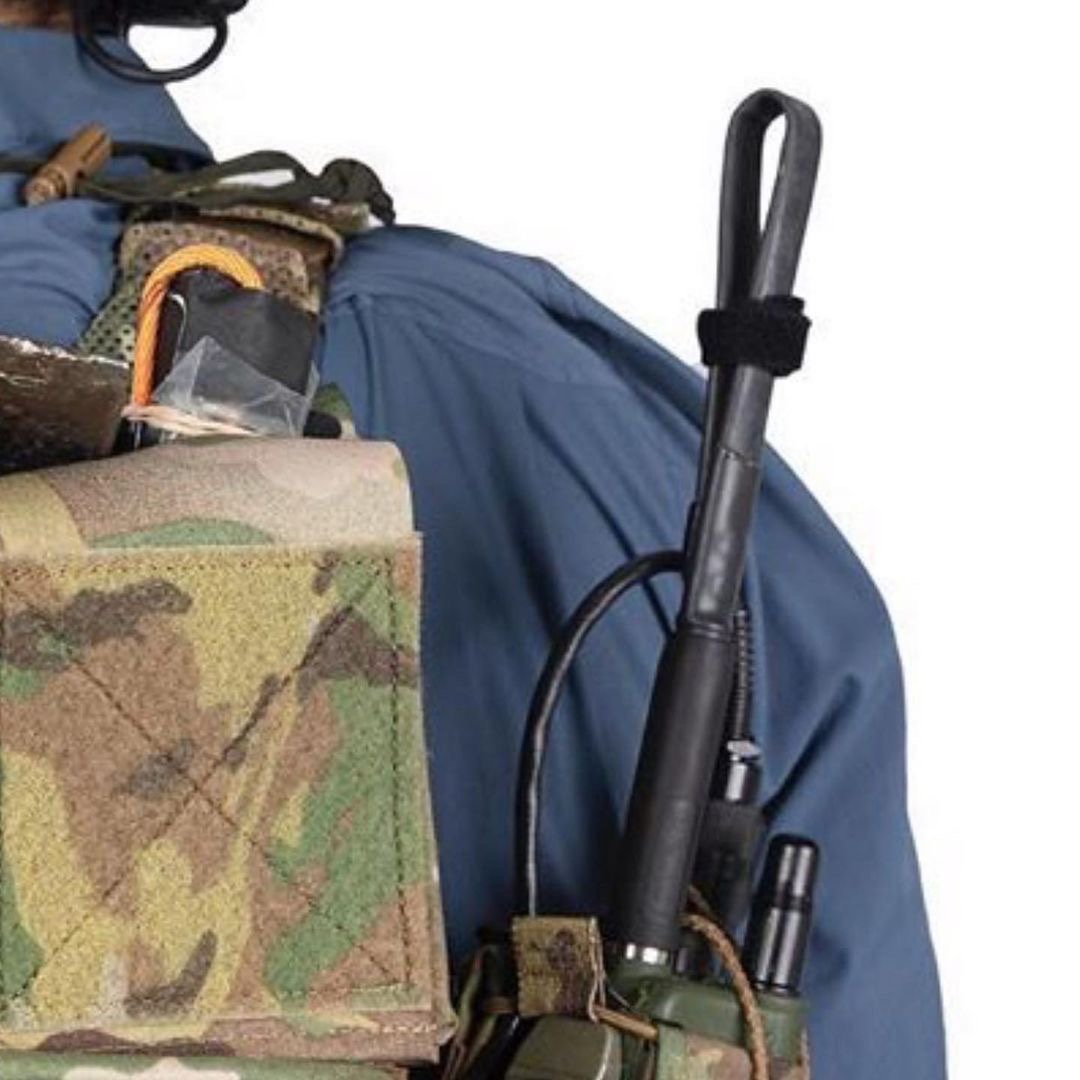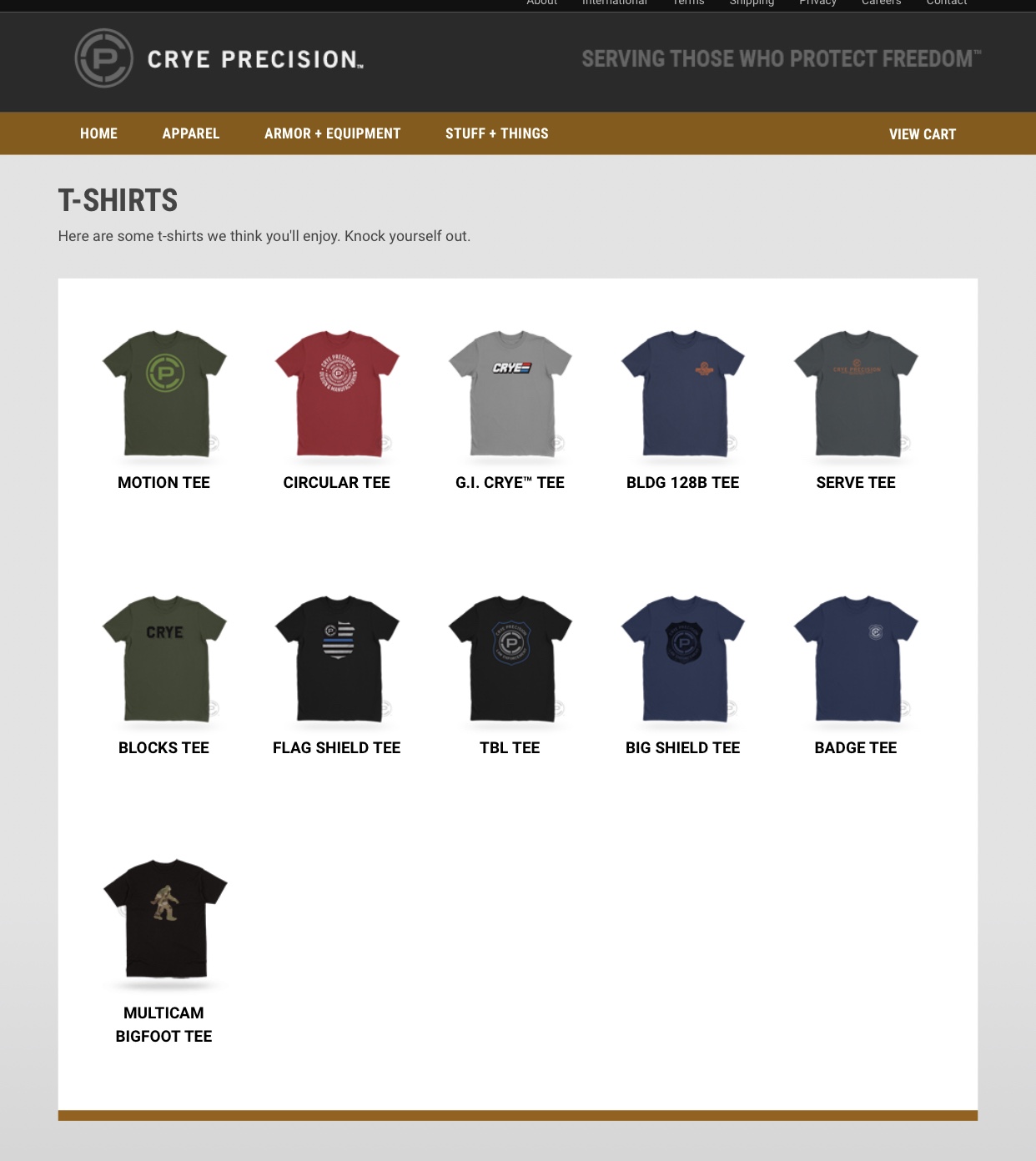
GBRS GROUP Assaulter Belt System will be available in Black, 1 JULY 2021 1300 EDT at GBRSGROUPGEAR.COM
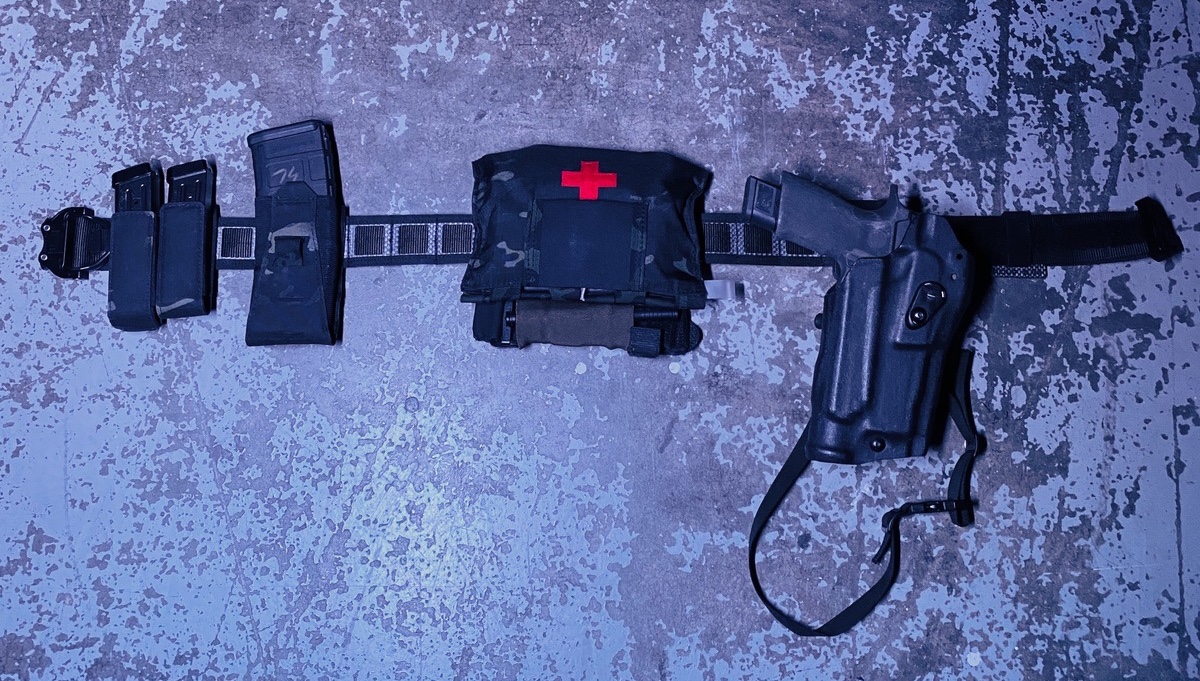
For those of you who missed the details when the belts were first released in MultiCam, here’s a recap:
Made in the USA by LBT inc, the GBRS GROUP Assaulter Belt System takes a different approach than others on the market which use multiple layers of rigid materials sewn together with a lightweight and pliable webbing material to attach equipment to. This typically results in an uncomfortable and overly thick belt. The GBRS GROUP Assaulter Belt System utilizes a two-layer outer belt to create a lightweight, flexible yet rigid and stable platform to attach equipment, holsters and accessories. This is done by using Type 13, 1-23/32” webbing as the base, with a field of PALS webbing, laser cut from a semi rigid polymer (Tegris). To round it off, they double “W” stitch the webbing to a load rated, 1.75” Austrialpin Cobra buckle with a D-ring for attaching lanyards and other equipment. The outer belt has an inner facing of “loop” style Velcro, to attach to a low profile “hook” inner belt. They did this because hook should never be worn towards body, especially in such a high wear area (belt line).
The inner belt system is actually two parts. It consists of a low profile “hook” inner belt and a “shroud” to cover the inner belt when the outer Assault belt is not in use. This results in a system that not only doubles as a non-metallic EDC belt, but it is a comfortable and convenient way to cover the scratchy “hook” portion of the inner belt. When the outer belt is needed, simply remove the inner belt “shroud” and attach the outer Assaulter belt to the inner belt.
They are also restocking S/M MultiCam Assaulter Belt Systems the same day.


